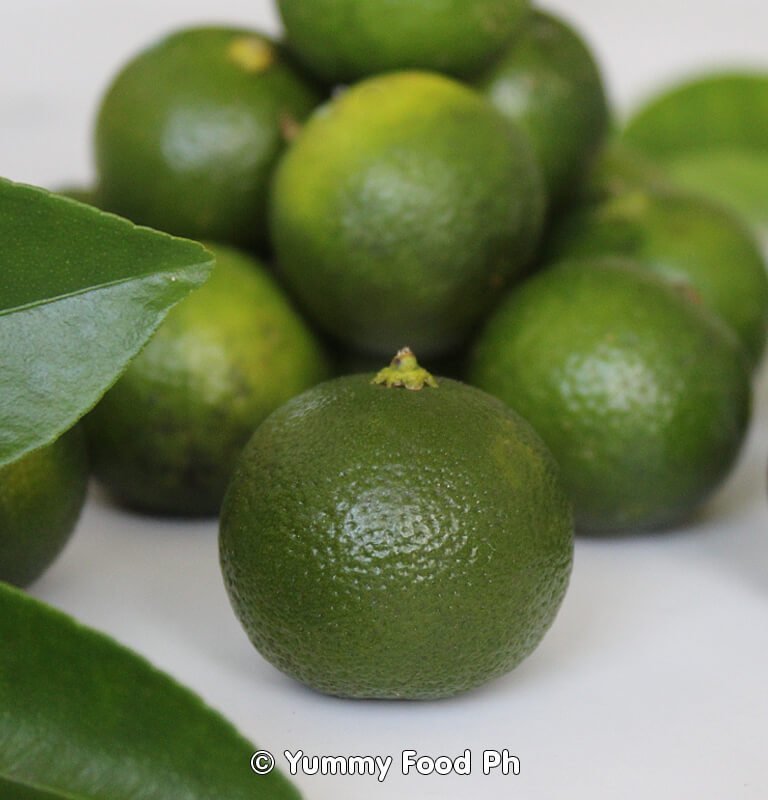The fruit tree known as Calamansi or calamondin (Citrfortunella microcarpa) is native to the Philippines.
Filipinos can cultivate the calamansi plant in their front or backyards, or even in large boxes, to ensure a year-round supply of these useful citrus fruits. It can flourish in a range of environmental conditions. When fully grown, the calamansi tree can reach a height of 2 to 7 1/2 meters. It begins to produce fruit after one to two years. The fruit has a round shape, a diameter of 2 to 4.5 cm, and is green to yellow in color. When harvesting, avoid damaging the fruit’s skin by leaving a section of the stem attached to it in order to keep the fruit fresh.
The calamansi, like its relatives, the mandarin, pomelo, and sweet orange, is a fruit high in calcium, iron, phosphorus, and Vitamin C, also known as ascorbic acid. It is the most popular and widely consumed citrus fruit in the country. Its juice is nourishing and is typically put into a fruit beverage that aids in the prevention of respiratory illnesses. It can be added to a variety of food dishes, such as steak, adobo, toyomansi sauce or used as a flavoring agent in sweets like leche flan.
Calamansi is frequently used as a garnish for foods like pancit bihon, sisig, siomai, arroz caldo, and many more. Its sour flavor gives our taste buds an amazing zing. This makes it the ideal complement to many recipes as the final step.
Visit us on YouTube: Yummy Food PH
